Cloudbursts in India: A Deadly Warning from Nature 🌧️⚠️
In recent years, India has seen a worrying growth in Cloudbursts in India events, with devastating effects on life, infrastructure and the environment. From the Himalayas to Central and Southern India, a huge decline in a short time is generally becoming common. But why is this happening? Let’s break it.
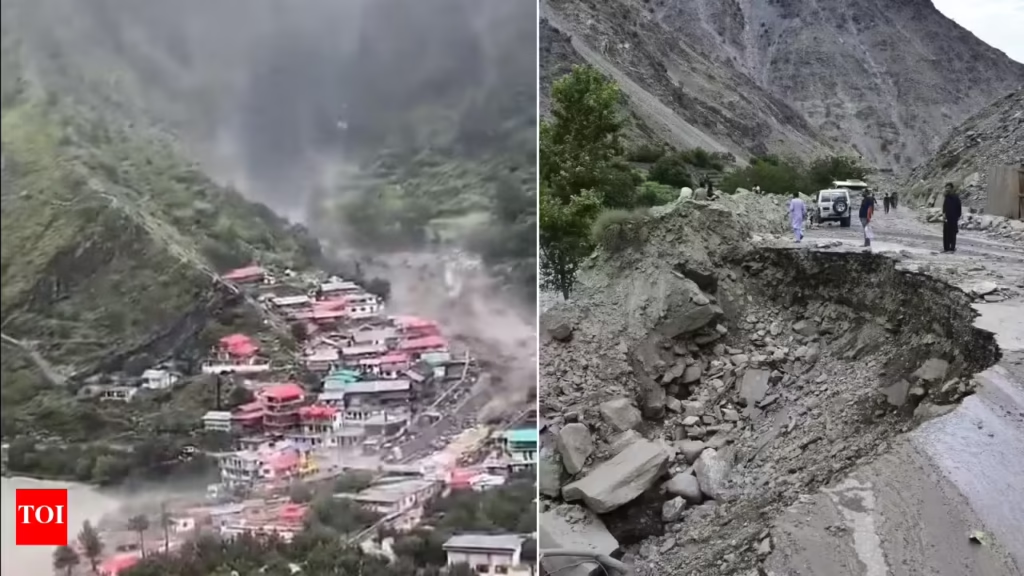
🌬 What is a cloudburst?
A cloudburst is an extreme rainfall event where more than 100 mm of rainfall occurs within an hour in a small geographical area. 🌧 Unlike normal rainfall, cloudbursts are sudden, acute and often localised, causing floods, landslides and flash destruction.
🔑 Due to frequent cloudbursts in India
1 Climate Change and Global Warming 🌡
- Increasing global temperature is causing high moisture.
- When this moisture is suddenly released, it results in excessive rainfall incidence.
- India is directly affected by this incident, being a monsoon-dependent country.
2 Himalayan Geography ⛰
There are many cloudbursts in Uttarakhand, Himachal Pradesh and Jammu and Kashmir.
The Khasi mountains force moist monsoon winds to get up quickly, causing sudden condensation and torrential rains.
Narrow valleys mean that there is no water → flash flood.
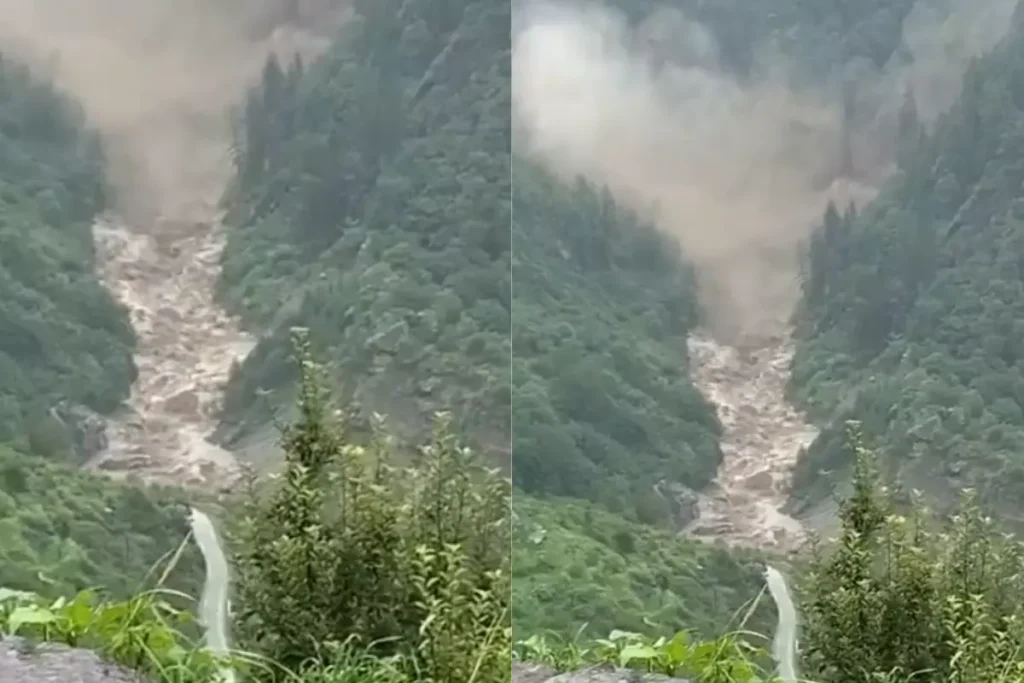
3 monsoon variability 🌧
The Indian monsoon is becoming uncertain.
After a long dry spell, heavy rains suddenly burst.
This uneven distribution increases the risk of events such as cloudbursts.
4. Forest harvesting and urbanisation 🌳🏙
- Cutting forests in mountainous areas reduces the soil capacity to absorb water.
- The construction of roads, dams and resorts in delicate areas harasses natural drainage.
- Results → Water flows rapidly, causing destruction during cloudburst.
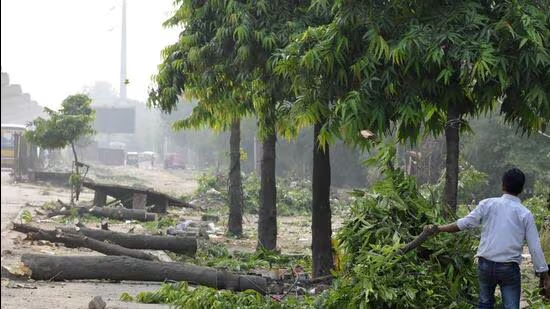
5 global weather events 🌍
- Incidents like El Niño and La Niña affect India’s rainy pattern.
- Changing the streams of air and ocean can raise rain in some pockets.
📍 Why so many parts of India?
Earlier, Claudbers were mostly associated with the Himalayan belts. Now, they are being informed in Maharashtra, Madhya Pradesh, Telangana and even in the plains. Why?
- Urban Heat Islands: Cities have a summer network, causing sudden convection storms.
- Irregular monsoon shift: Rain areas are shifting due to climate change.
- Unscientific development: Rapid urban development leads to floods without proper drainage.⚠ Claudebers’ effect
Loss of life 👥💔
- Destruction of infrastructure
- Flash floods and landslides ⛰
- Agricultural damage 🌾
- Economic loss 💸
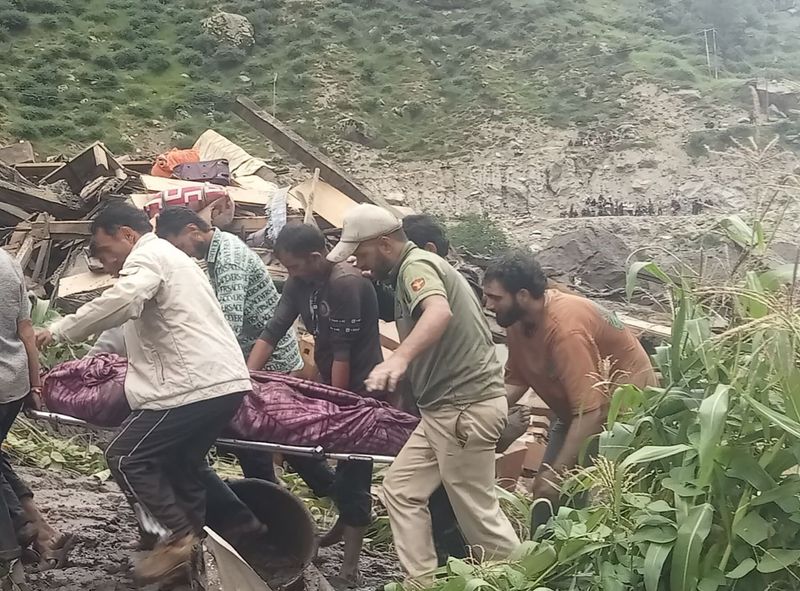
Discover more on our website – click here 👉 Bhanu Kakkar
From Headlines to Insights – Stay Informed.
✅ What can be done?
Preliminary warning system 📡
- Create state-of-the-art forecast technologies to warn and inform life safety.
Regulating construction in delicate areas. 🚧
- viniums strictly restrict construction activities from hill and flood-prone areas that are weak.
Afforestation drive 🌱
- tree plantation must be increased, which stabilizes the soil, increases the absorption of water, and reduces the effects of heavy rain.
Disaster Preparation 🚑
- Train officials and residents to execute an effective emergency response during such events.
Climate action is a long-term solution to cut 🌍💚
- carbon emissions and adopt permanent practices to fight global warming.
🌟 conclusion
Cloudbursts in India are not just natural disasters—they are immediate warning signs for climate change, poor planning, and unstable growth. 🌏💔 And without serious concern for environmental management, strong infrastructure, and environmentally friendly policies, these events will only increase in frequency and intensity.
👉 This is our call: Today we live and live in harmony with nature, or tomorrow we also face big disasters.
FAQs: Cloudbursts in India – A Deadly Warning from Nature 🌧️⚠️
❓ Why are cloudbursts happening in India?
Cloudbursts are caused by sudden and extremely heavy rains in a short time, often in mountainous areas. In India, climate change, rising temperatures, and monsoon patterns have become more frequent and intensified.
❓ What are the main causes of cloudbursts in India?
Hot, moist-laden winds collide with the mountains.
Sudden condensation of clouds in a small area
Forest harvesting and loss of green cover
Unplanned construction in delicate Himalayan regions
Global warming and changing weather cycles
❓ What are the fatal effects of cloudbursts on people and the environment?
Cloudbursts trigger flash floods, landslides and destruction of houses, roads and farms. They cause loss of life, displacement of communities and long-term damage to the ecosystem.
❓ What are some means by which one can reduce the risks of cloudbursts?
Some actions taken could include:
Early warnings: Better forecasting could provide people with time to stay safe.
Smart building rules: No construction should be allowed to take place in flood-prone or hilly areas.
Plant more trees: trees help keep soil stable and absorb rainfall.
Disaster preparedness: Train communities and authorities to act swiftly.
Fight climate change: limiting emissions would be desirable towards limiting extreme weather.
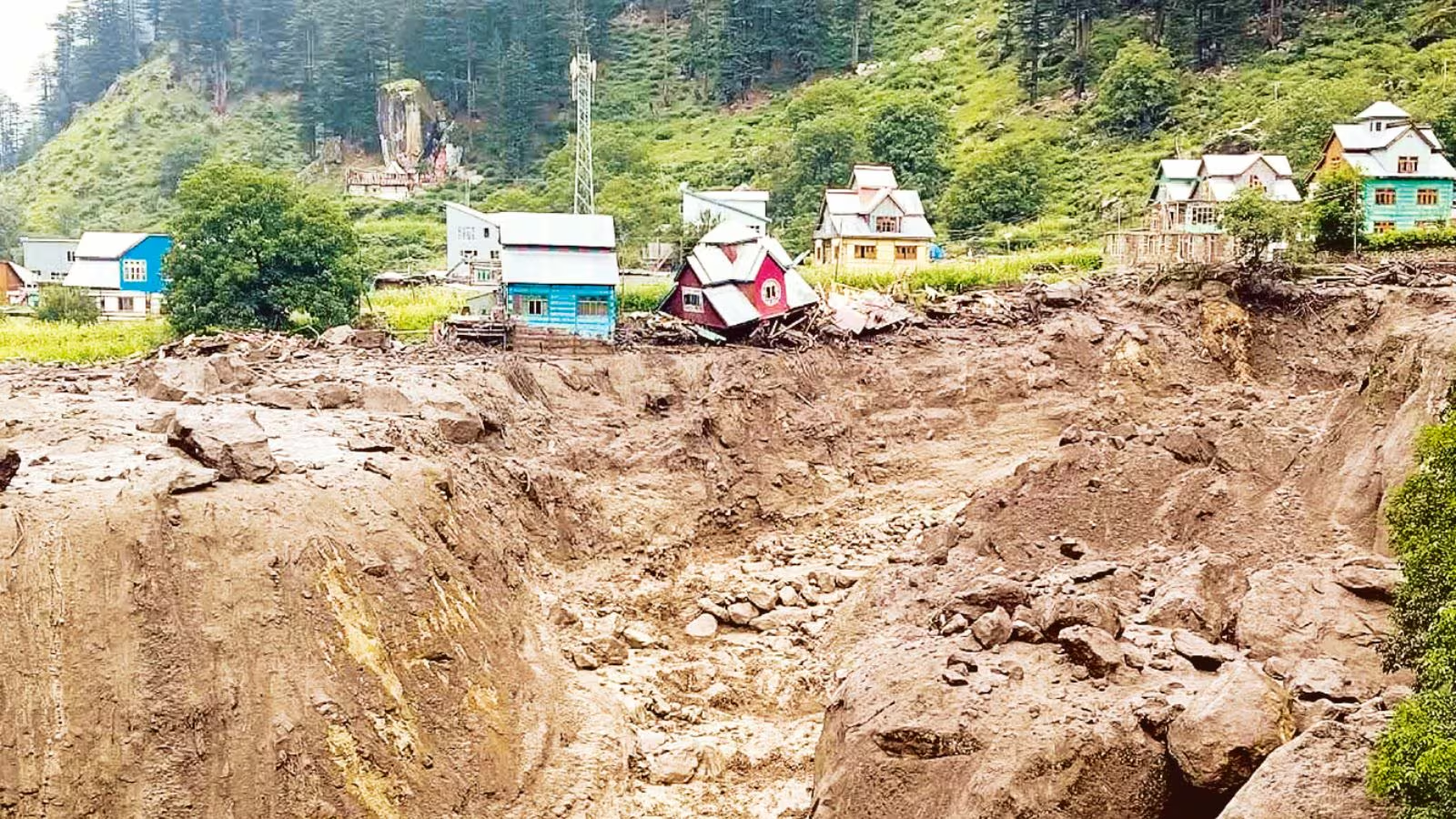


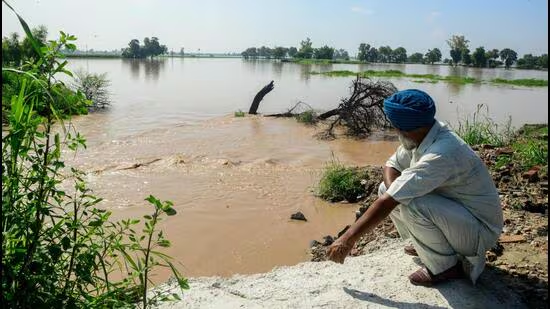

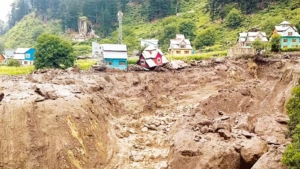

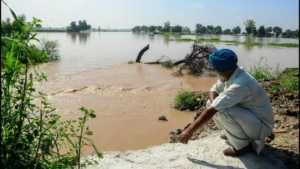






Post Comment